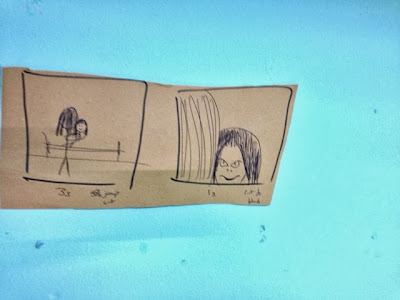Contrapuntel sound - sound that opposes what you see in the film
Sound bridge - when the music from one scene carries on into the next
Ambient sound - sound that you expect to hear in a location e.g. traffic
Foley sound - everyday sounds that ate added to a certain clip
How is sound used to create tension in the 2Fast2Furious clip?
Use of parellel sound like up paced action music to create energy in certain monents. For example when all cars escape.
Use of ambient sound such as car engines and sirens to show the tension and excitement/energy in the scene (loud noises to create this). Engines starting show ignition and the start of the escape which is a signifier.
Contrapuntal sound when the sirens coming in and out of the scene and hearing them because the police want to gain/regain conteol of the sccene however the other cars engines over power the sirens and are heard instead of airens at certain points to show they are controlling this part of the film, however moments of sirens show polive trying to regain this control.
In the clip of 2fast2furious the director uses parellel sounds. For example up-paced drum and base music to create energy in certain sections if the scene, for example when the police chase the escaping cars into the alotment garages. However this music then stops when the cars dissapear and te police surround them to build on the tensuon and this is what silence does. It builds tension and allows the audience to reflect; it is almost used as a breather for the viewer. This silence is aconponied with the readying narrative and aounds of the police engines, helicopters, shouts and sitens to show their reinforcement and control over the situation of the cars being trapped in the building.
However this then changes when the music then starts uo again when the garages open and themusic fades in as other cars then approach the exits and rive out to show the igniotion of the escape as if it is showing the tension and the silence has led to this escape. The up paced music with teumpets etc. Then acompanies the mess and havok of the cars racing around and escaping as well as the loud car shift changing sounds to emohasise this energy; the use of shoft changing sounds being really liud is contrapuntal sound as normally we wouldnt be able to hear this, however it could be used to show the point of view of the driver and have more of an effect on the audience to make them feel energised and there as you would only be able to hear most of these small car nouses when deiving or in the car.



